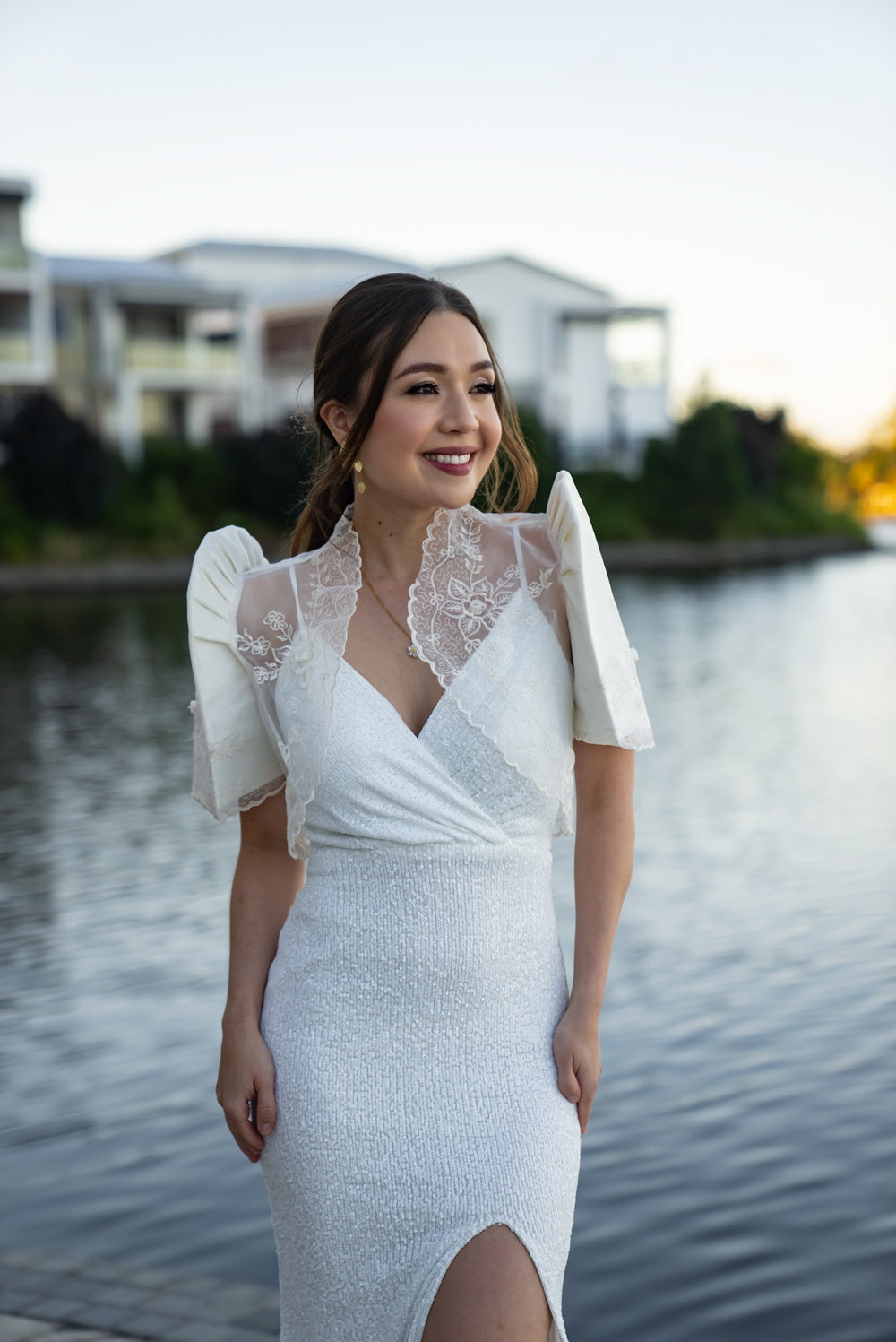Filipiniana is the traditional dress of the Philippines. It is usually made of lightweight fabrics such as silk, cotton, or jusi (a type of pineapple fibre cloth). The dress is often decorated with intricate beadwork, lace, or embroidery. The Filipiniana has been around for centuries, yet its legacy is still here to stay with its modernisation.
The Origins of the Filipiniana
The Philippines has a rich cultural history that is reflected in its traditional clothing, the Filipiniana. This elegant and sophisticated dress is a fusion of Eastern and Western influences and has evolved over the centuries to become a uniquely Filipino fashion.
The origins of Filipiniana can be traced back to the pre-colonial period when the Philippines was a melting pot of cultures from around the world. Chinese, Spanish, and American traders all had a hand in introducing new fabrics and styles to the islands. The Filipinos quickly adopted and adapted these foreign influences into their fashion sense.
The Filipiniana reached its peak popularity during the Spanish colonial period when it became the standard dress for Filipino women of all classes. The traditional gown, called the terno, is characterised by its long, flowing lines and intricate embroidery and is often worn with a matching headdress called the mantilla.
Today, the Filipiniana is still worn on special occasions and is a popular choice for weddings and other formal events. It is also a popular choice for Filipinos who wish to show their national pride and cultural heritage.
How Has the Filipiniana Been Adjusted to Fit Modern Times?
Filipiniana has undergone several adjustments to fit modern times. Perhaps the most significant change has been the switch from traditional materials to more modern ones. In the past, the Filipiniana was made using traditional fabrics such as piña and abaca. However, these days, it is more common to see Filipiniana made from materials such as silk, satin, and even polyester.
Another change that has taken place is the silhouette of Filipiniana. In the past, the dress was designed to be very voluminous, with a lot of fabric gathered at the waist. However, nowadays, the silhouette is much more fitted, with a more streamlined look.
The colours of Filipiniana have also changed over the years. In the past, the dress was usually white or off-white. However, nowadays, it is not uncommon to see Filipiniana in a wide range of colours, from vibrant reds and greens to more subdued hues.
Finally, the accessories worn with Filipiniana have also changed. In the past, it was common to see women wearing a lot of jewellery, including necklaces, earrings, and bracelets. However, nowadays, it is more common to see women wearing fewer accessories or even no accessories at all.
Final Thoughts
The modernisation of the Filipiniana dress is a trend that has been growing in popularity in recent years. This type of dress combines traditional Filipino elements with modern designs, resulting in a stylish and unique look. However, despite these changes, the dress remains a symbol of Filipino culture and heritage.
Pay homage to the Filipino heritage while still showcasing the best of modern fashion with the help of Mestiza Filipina. A collection of modern Filipiniana attire, Mestiza Filipina is a curation of authentic Philippine dresses, Barong Tagalog, boleros and more. Our garments are handmade by artisans in the Philippines and ready to ship worldwide.









